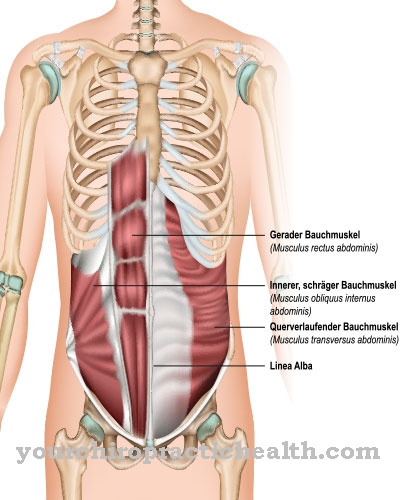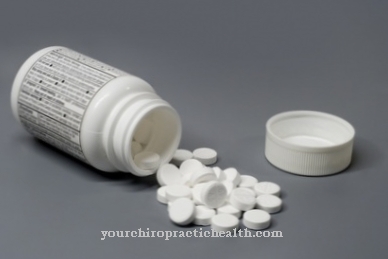Bone tissue is a particularly strong connective and supporting tissue. It forms the human skeleton. There are between 208 and 212 bones in the body, which are made up of bone tissue.
What is the bone tissue?
Bones are made up of different tissues. The bone tissue gives the bone its stability. It belongs to the connective and supporting tissues and consists among other things of bone cells. Depending on the spatial arrangement, a distinction can be made between woven bone and lamellar bone in bone tissue. When a bone breaks, it is called a fracture.
Anatomy & structure
The bone tissue consists of bone cells that are embedded in a bone matrix. The bone cells are also called osteocytes. Osteocytes are mononuclear cells and arise from osteoblasts, which are walled in in the course of bone development.
Osteoblasts are cells that are responsible for bone formation. The bone matrix consists of 25% water, 30% organic substances and 45% inorganic substances. The organic components consist of 95% collagen of type 1 and 5% of so-called proteoglycans. Proteoglycans are glycosylated glycoproteins that serve to stabilize osteocytes. Non-collagenous proteins such as osteonectin, osteopontin or osteocalcin are also part of the organic bone matrix to a small extent. The collagen in the organic matrix forms collagen fibrils with high tensile strength. Hydroxyapatite crystals attach to these.
To a small extent, citrate molecules are also built into the bone. Depending on how the collagen fibrils are spatially arranged, one speaks of woven bones or lamellar bones. The bone cells are irregularly distributed in the woven bones. The collagen fibers are aligned in bundles. Braided bones are rather rare in the human body. They only occur in the petrous bone, in the ossicles and on the edges of the cranial sutures.
Lamellar bones consist of several layers. The collagen fibrils are aligned in the same way in these layers.
Function & tasks
The bone tissue gives the bone stability. The bones in turn ensure stability throughout the body. At first glance, one does not suspect that this robust fabric is constantly being remodeled. Mathematically, a person receives a completely new skeleton almost every seven years. These dynamic processes make the bone incredibly adaptable. The bone tissue has to be so adaptable because it is constantly exposed to new loads.
For example, exercise or heavy weight make bones thicker. However, if there is a lack of exercise and exercise, they become thinner and weaker. In the case of bone defects (e.g. fractures), remodeling processes are increasingly taking place. The osteoclasts and the osteoblasts are responsible for these build-up and breakdown processes. Old and superfluous bone tissue is dissolved by the osteoclasts. This creates a temporary gap in the trabeculae. The osteoblasts move up and fill this gap with new bone tissue.
In healthy bone metabolism there is a balance between bone formation and bone resorption. Osteoblasts and osteoclasts are in constant communication with one another. For example, the osteoblasts can produce substances that increase or slow down the activity of the osteoclasts. If the cooperation between osteoclasts and osteoblasts is impeded, various diseases can arise.
Diseases
In osteoporosis, the osteoclasts work harder. The osteoblasts can no longer fill the resulting gaps with bone substance. The bones become porous.
That is why osteoporosis is popularly known as bone loss. The reduced bone density increases the risk of the bones breaking. In osteoporosis, one can differentiate between primary and secondary osteoporosis. Primary osteoporosis occurs for no apparent cause. This form is mostly found in older women. After menopause, the risk of disease increases.
Secondary osteoporosis is an accompanying illness with other diseases. Endocrine causes affect the hormonal system. For example, secondary osteoporosis can occur in the context of Cushing's syndrome or hyperparathyroidism. Osteoporosis can also be caused by disorders in bone metabolism. Such metabolic causes are, for example, homocysteinuria or diabetes mellitus.
Many drugs also have side effects on the bone system. These drugs include, for example, glucocorticoids, heparin or laxatives. Osteoporosis also occurs in tumor diseases of the bone system. The disease is initially completely symptom-free. Symptoms only become noticeable in later stages of the disease. There are back pain, hunchbacks, loss of size and also increased fractures.
Osteomalacia is also a disease that affects bone tissue. Here the mineralization of the bone is disturbed. In children, osteomalacia is known as rickets. In most cases, the disease is caused by a vitamin D deficiency. Disorders in the vitamin D metabolism can also cause osteomalacia. The main symptom of the bone disease is generalized bone pain. Often these are misinterpreted as rheumatic complaints. The chest, spine and thighs are particularly affected by the pain. The x-ray findings are similar to those of osteoporosis.
One speaks of a fracture when the continuity of the bone tissue is completely or partially interrupted. As a result of this division, the stability of the bone is lost. The symptoms of a bone fracture are called the signs of a fracture. Unsafe signs of fractures include pain, swelling, bruising, and restricted mobility. Sure signs of fractures include axial misalignments of the bone, rubbing noises, abnormal mobility and, in the case of an open fracture, visible bone fragments.
So-called greenwood fractures can occur especially in children. Bone growth is not yet complete at a young age, so that the bone can react with an elastic deformation when a particular force is applied. The bone kinks, but without damaging the periosteum.

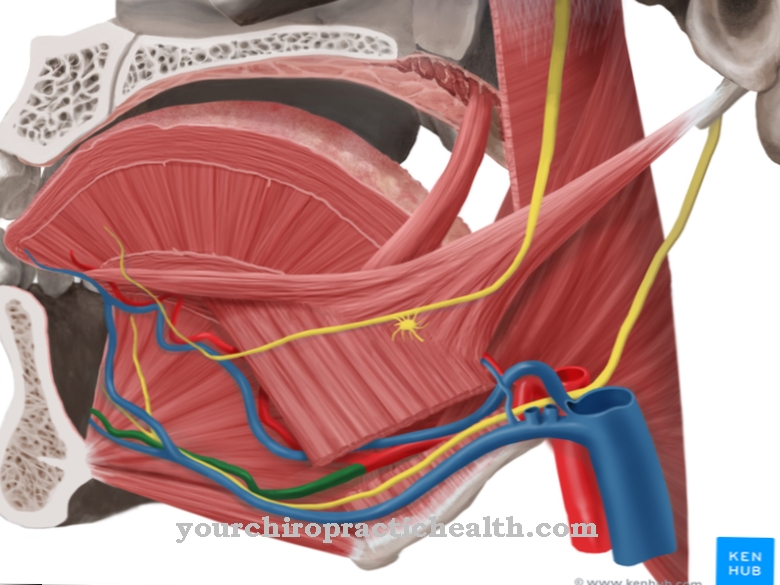

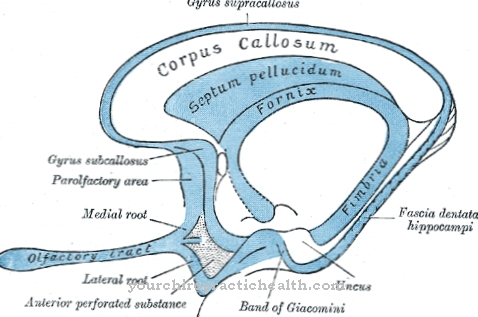
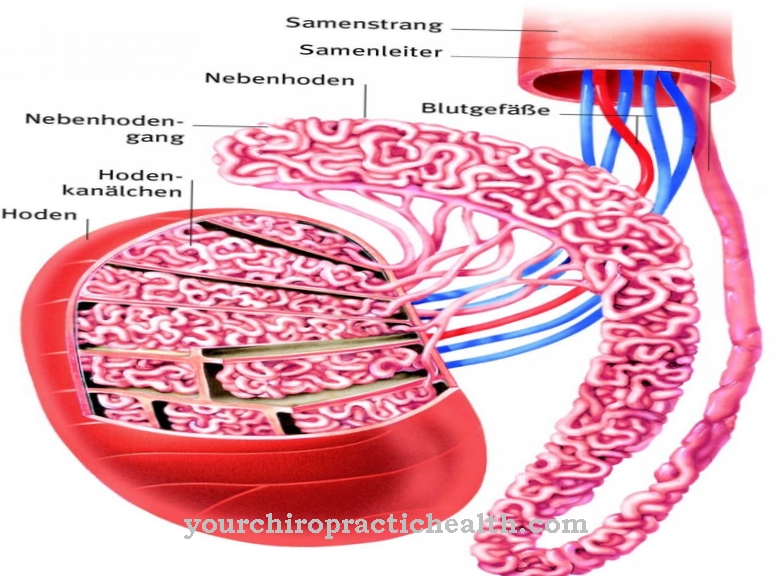
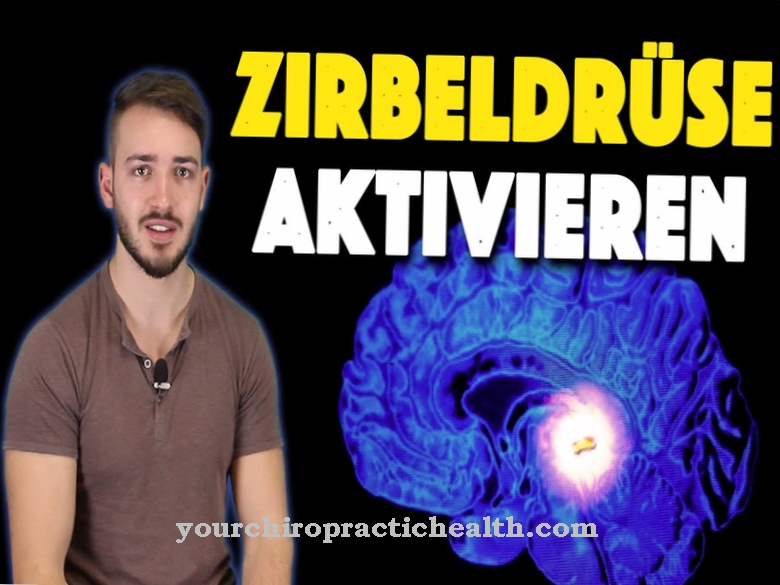
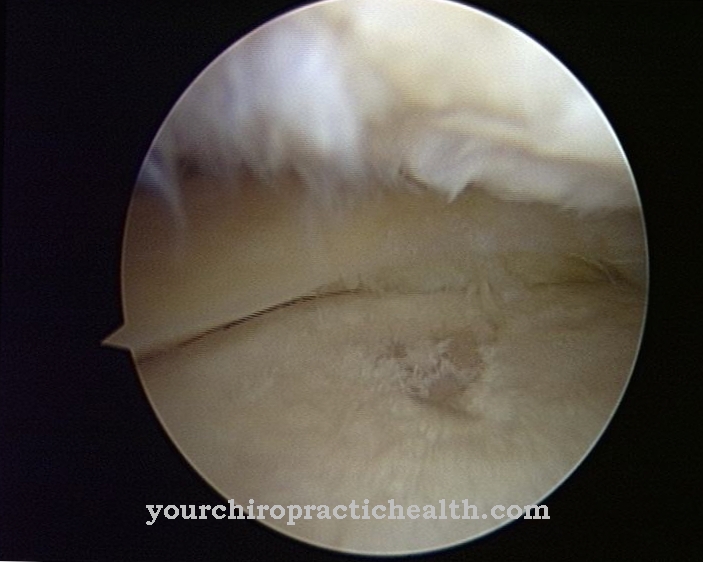

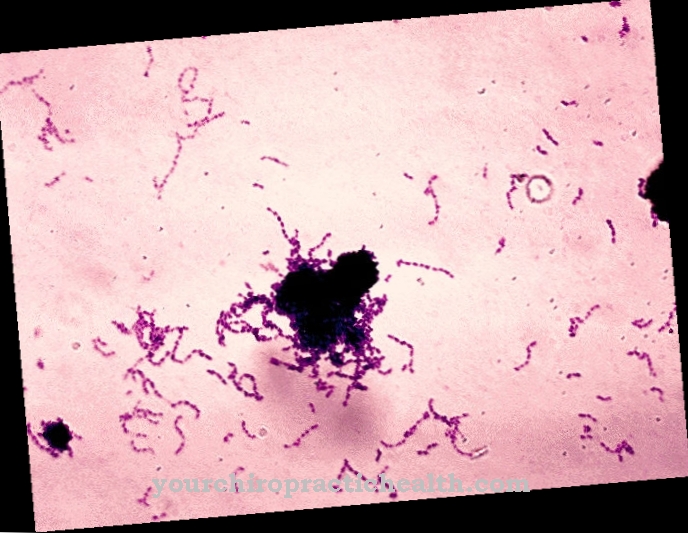
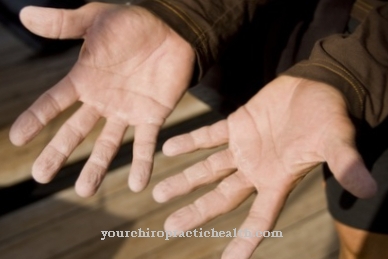
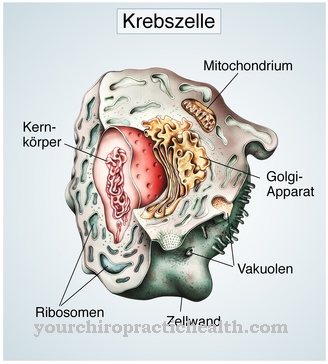
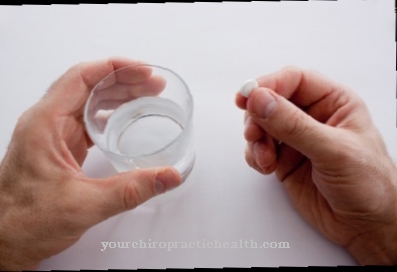

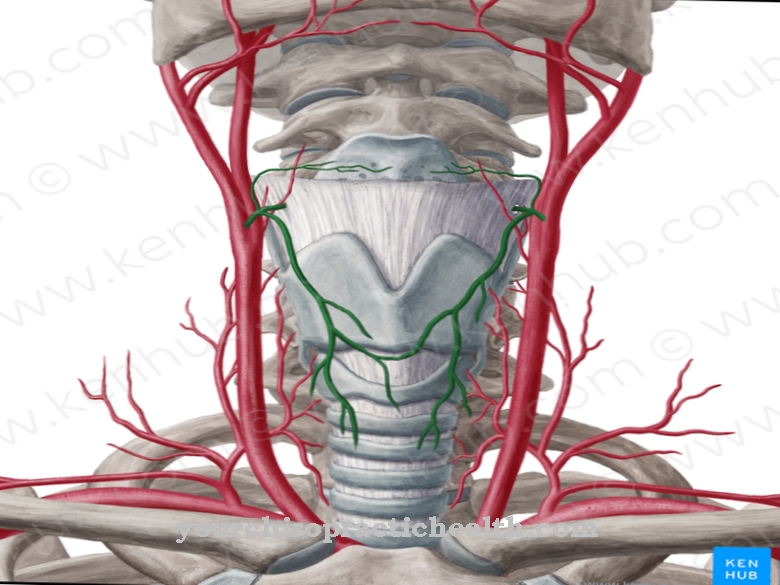
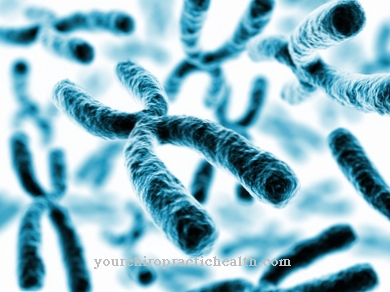
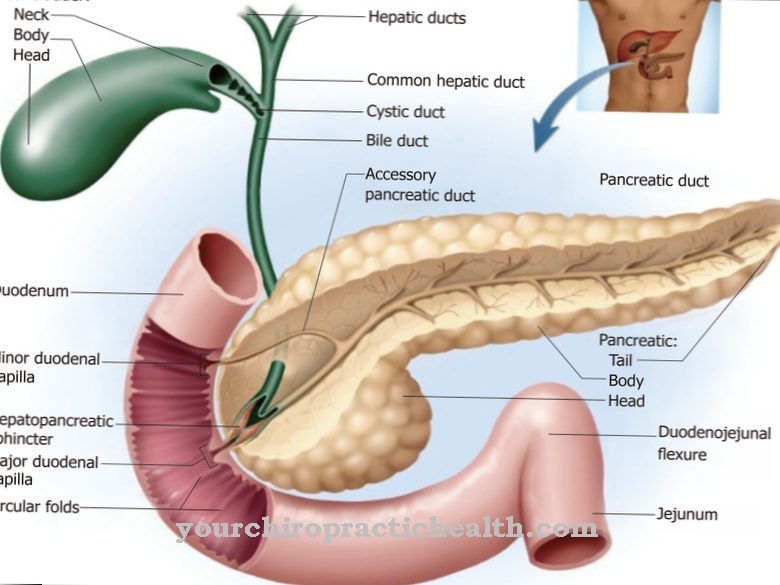






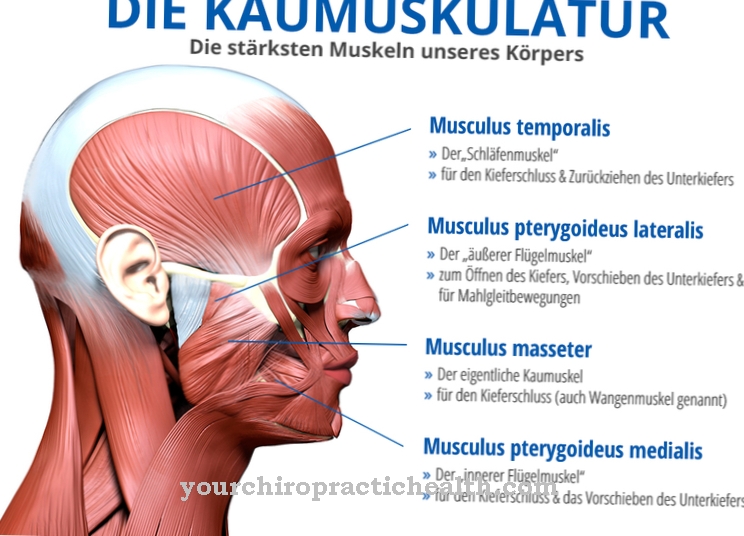



.jpg)
